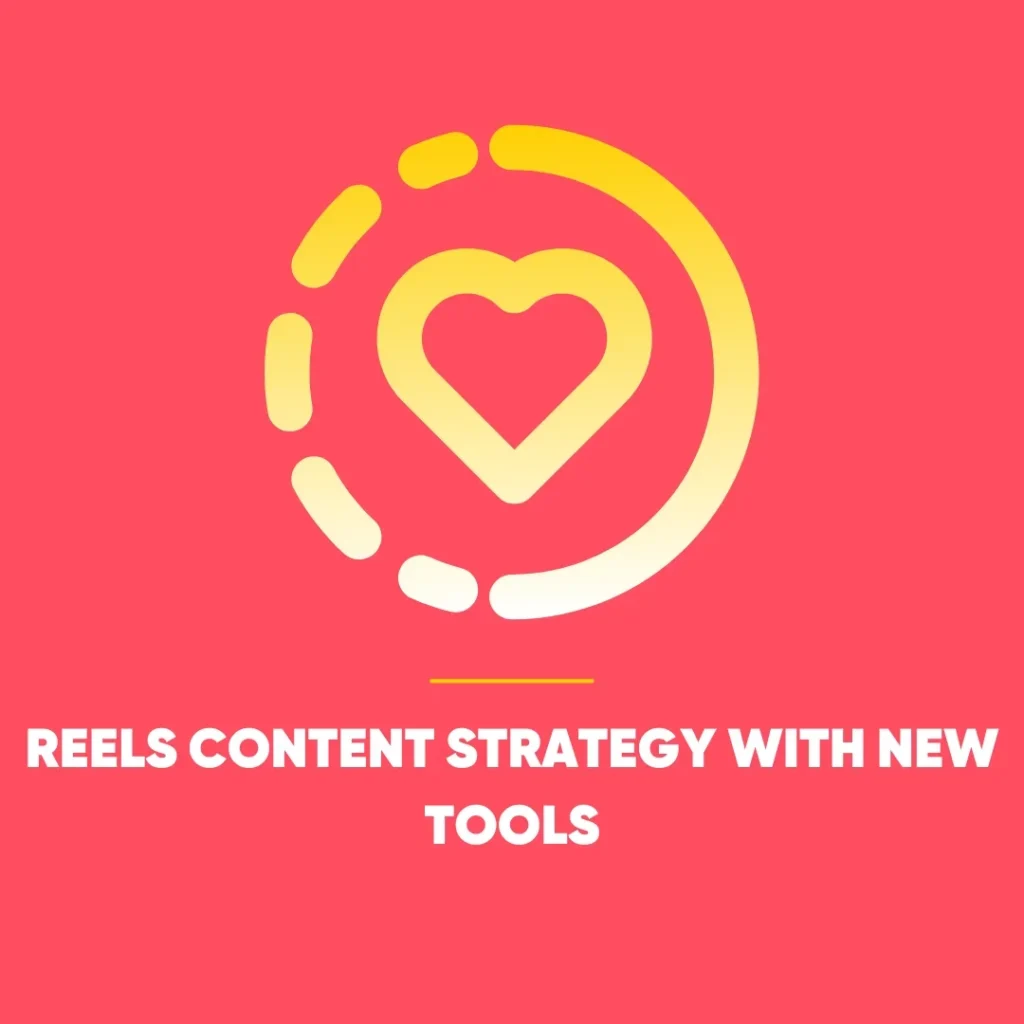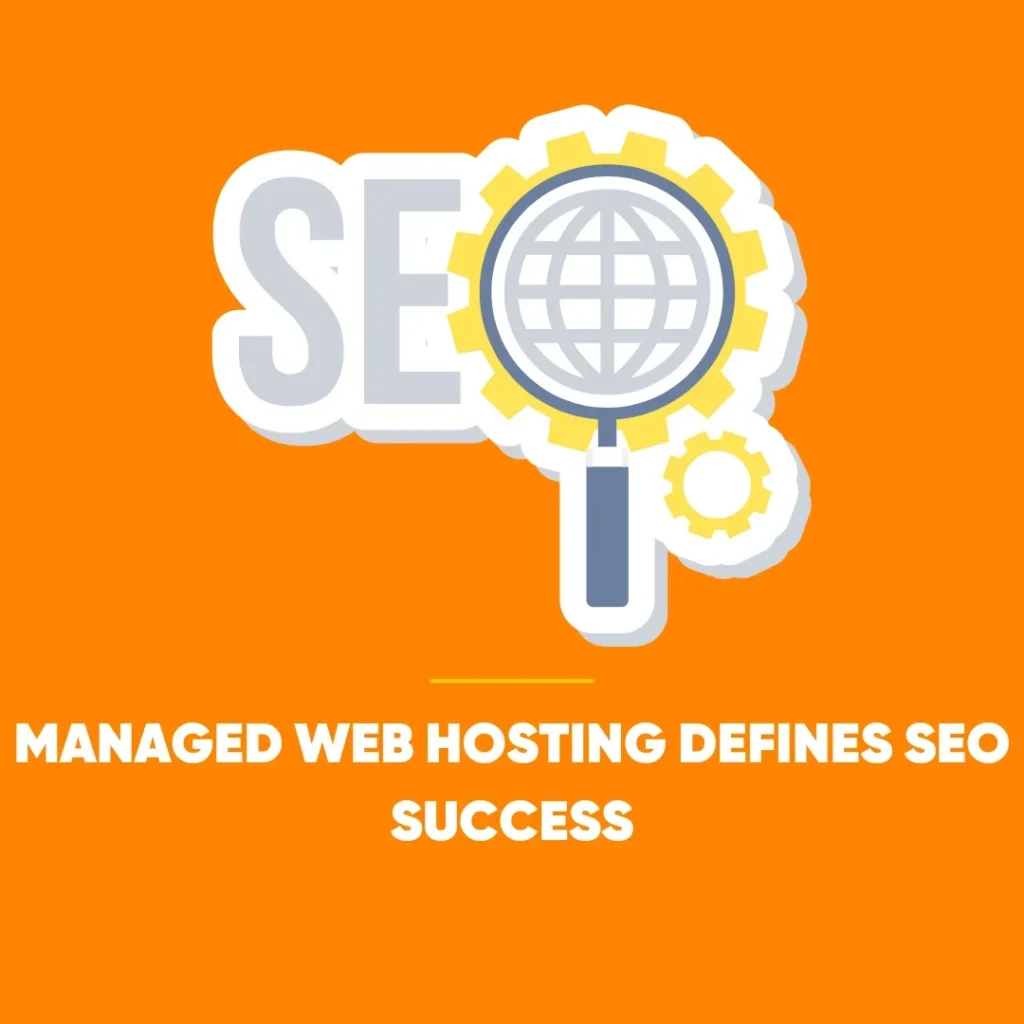Improve Page Speed: What It Is and Why It Matters
In today’s fast-paced digital world, improving page speed can make or break a visitor’s experience and engagement. Page speed, sometimes referred to as “load speed”, is essentially a measurement of how quickly the content on a webpage becomes visible and interactive to users.
However, it’s important to note that page speed isn’t just a single, catch-all figure. A page doesn’t appear in an instant – it loads progressively. For this reason, several different metrics are used to evaluate its speed:
- Time to First Byte (TTFB): Time taken for the browser to receive the first byte of data from the server.
- First Contentful Paint (FCP): Time until the first visible element appears on the screen.
- First Input Delay (FID): Delay between user interaction (e.g. clicking a button) and the browser’s response.
- Onload Time: Time until the page is fully loaded and functional.
Understanding how improving page speed can make a page more useful to a visitor can significantly influence search performance and user satisfaction.
Why Speed Is Essential for Search and User Experience
 Speed isn’t just about convenience – it’s a recognised factor in search engine optimisation. Google has confirmed that site speed, especially on mobile, is one of its ranking criteria. Pages that load slowly are more likely to perform poorly in search rankings.
Speed isn’t just about convenience – it’s a recognised factor in search engine optimisation. Google has confirmed that site speed, especially on mobile, is one of its ranking criteria. Pages that load slowly are more likely to perform poorly in search rankings.
More importantly, sluggish websites tend to frustrate users. Research has shown that most people will abandon a site if it takes longer than three seconds to load. In a world where attention spans are shrinking, every millisecond counts.
Improving page speed isn’t only about pleasing search engines; rather, it’s also about delivering a seamless and enjoyable experience to the end user.
How to Check How Fast Your Pages Load: Improve Page Speed
Using Google PageSpeed Insights
One of the most widely used tools is Google PageSpeed Insights. It provides a detailed breakdown of your page’s performance, complete with scores and actionable advice.
To use it:
- Visit the PageSpeed Insights website.
- Enter your page URL.
- Click “Analyse”.
- Toggle between desktop and mobile performance views.
The report includes insights into Core Web Vitals and other speed-related metrics, highlighting what’s working well and where improvements are needed.
Using Website Audit Tools
For those managing larger websites, it can be beneficial to audit site speed across multiple pages. Website audit platforms can scan all your content and flag speed issues, performance bottlenecks, and optimisation opportunities.
Such tools often include additional checks beyond speed – covering technical SEO, crawlability, and mobile performance.
Eight Practical Ways to Improve Page Speed
 If your analysis shows that your pages are taking too long to load, there are several techniques you can apply right away:
If your analysis shows that your pages are taking too long to load, there are several techniques you can apply right away:
Unlock Faster Load Times for a Better Web Experience1. Use the Most Efficient Image Format
Choosing the correct image format can drastically reduce load times. JPEGs are great for photographs, while PNGs are better for graphics with transparency. WebP is even more efficient, offering high compression with little quality loss – though not all browsers support it.
2. Compress and Resize Images
Large images are one of the most common culprits behind slow loading speeds. Compress images before uploading them, using tools like ImageOptim or TinyPNG. Aim to maintain a balance between quality and file size.
3. Enable Browser Caching
By activating browser caching, you can improve page speed as repeat visitors load your website more quickly using locally stored static files like logos or style sheets. Caching solutions are often easy to implement, especially for those using platforms like WordPress.
4. Minify CSS, JavaScript, and HTML
Minification involves stripping out unnecessary characters (like whitespace and comments) from your code. As a result, this makes your files smaller and quicker to load. Additionally, there are free online tools and plugins available to help you do this with minimal effort.
5. Implement a Content Delivery Network (CDN)
A CDN stores copies of your site’s files on servers around the globe. When a user visits your site, the content is delivered from the server closest to them, speeding up delivery and reducing latency. Providers like Cloudflare and BunnyCDN offer both free and paid options.
6. Optimise Server Response Times
Your hosting environment plays a significant role in how quickly your server responds to requests. Upgrading to a faster plan (such as a VPS), fine-tuning your database, or working with a developer to improve backend logic can all lead to faster loading times.
7. Minimise Redirects
Improving page speed, through methods like redirects, is useful for guiding users from outdated content to new pages. However, when there are too many in a chain, it can significantly delay page rendering. Therefore, it’s advisable to eliminate unnecessary redirects and ensure that any remaining ones go directly from the source to the destination page.
8. Reduce the Number of HTTP Requests
Each time a browser loads a webpage, it requests files – images, scripts, fonts, stylesheets – from the server. Too many requests can overwhelm the browser. By combining CSS and JavaScript files, using sprites, or eliminating unneeded plugins, you can reduce the number of requests and improve overall performance.
Checking HTTP Requests in Chrome
If you want to see just how many requests a page makes, you can use the developer tools built into Chrome:
- Open the page.
- Right-click and select “Inspect”.
- Click the “Network” tab.
- Reload the page to view the number and type of requests made.
This gives valuable insight into which elements are slowing your site down.
A Faster Website Benefits Everyone: Improve Page Speed
Ultimately, improving page speed is about delivering the best experience to your users – while also staying in Google’s good books. A faster site means lower bounce rates, higher engagement, and potentially better conversions.
It’s also a critical aspect of technical SEO. In fact, regular site audits, efficient coding practices, and the right tools can ensure your site loads quickly and performs at its peak.
Whether you’re a small business owner or managing a vast eCommerce platform, prioritising speed is a win-win.









